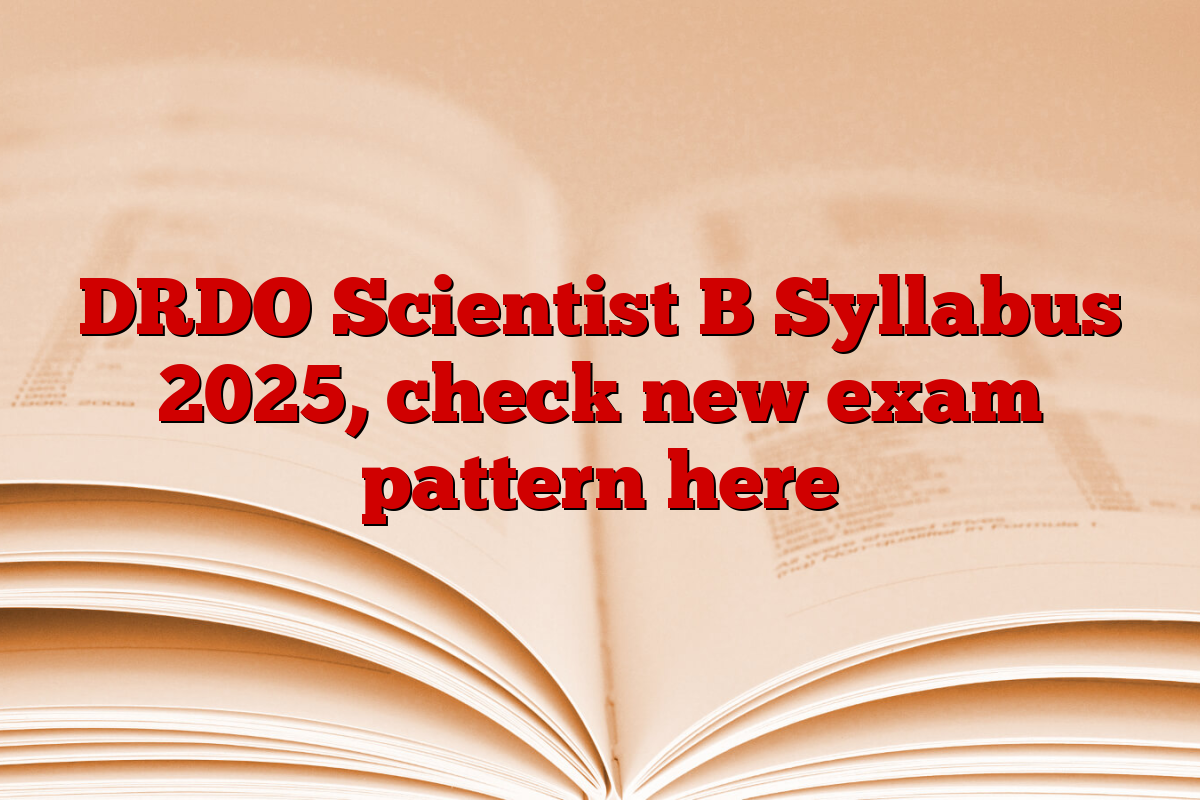Basic Electronics Engineering: The basics of semicircle; Diaode/transistor basics and characteristics; Diode for various uses; Junction and Field Effect Transistors (Bjts, JFETS, MOSFETS); Various types of transistors amplifiers, oscillator and other circuits; Basics of Integrated Circuit (ICS); Bipolar, MOS and CMOS ICS; Linear IC, operational amplifiers and the basics of their applications-reactive/non-lectured; Optical source/detector; The basics of optoelectronics and its applications.
Basic Electrical Engineering: DC Circuit Oms and Kirchoff’s law, Aries and nodal analysis, circuit theorem; Electromagnetism, Faraday and Lenz’s laws, induced EMF and its use; Single-Charan AC Circuit; Transformer, efficiency; Basics-DC machines, induction machines and synchronous machines; Electric power source- Basics: hydroelectric, thermal, atom, wind, solar; Battery and basics of their use.
materials Science: Electrical engineering material; Crystal structure and defects; Ceramic material structures, composite, processing and use; Electronics, laminated for structures, properties and uses; Magnetic materials, basics, classification, ferrites, ferro/para-chromatic materials and components; Nano content-basics, preparation, purification, sintering, nanops and uses; Nano-optical/magnetic/electronic materials and use; Uses superconductity.
Electronic Measurement and Instrumentation: Principles of measurement, accuracy, accuracy and standards; Analog and digital systems for measurement, measuring equipment for various applications; Stable/dynamic characteristics of measurement system, errors, statistical analysis and curve fittings; Measurement system for non -sevective volume; Basics of telemetry; Different types of transduers and displays; Data acquisition system basics.
Network Principle: Network graphs and matrices; Wye-delta change; Linear continuous coefficient difference equation- Time-domain analysis of RLC circuit; Solution of network equations using Laplass Transform- Frequency Domain analysis of RLC circuit; 2-Port Network Parameter-Driving Point and Transfer Functions; State equation for network; Stable state sinusoidal analysis.
Analog and Digital Circuit: Small signal diode, equivalent circuit of bjts and fets; Diodes circuit for various uses; BJT & JFET amplifier circuit bias and stability; Analysis/design of amplifier- single/multi-step; Response and use; Active filters, timer, multiplier, vesting, A/DD/A converters; Boolean algebra and use; Logic Gates, Digital IC Family, Combinatorial/Sequential Circuit; Basics of multiplexers, counters/registers/memories/microprocessors, design and applications.
Analog and Digital Communication System: Random signal, noise, probability theory, information theory; Analog vs. Digital Communication and Application: System AM, FM, Transmitter/Receive, Principle/Practice/Standard, SNR Comparison; Digital communication basics: sampling, quantity, coding, PCM, DPCM, multiplexing-audio/video; Digital Modulation: Ask, FSK, PSK; Multiple access: TDMA, FDMA, CDMA; Optical communication: fiber optics, theory, practice/standard.
Control system: Classification of signals and systems; Application of signal and system theory; System feel; Transform and their applications; Signal flow graph, Ruth-Hurvitz criteria, root Loki, Nyquist/Bode Plot; Feedback system-open and close loop type, stability analysis, stable-state, transient and frequency response analysis; Design of control systems, compassters, lead/interval compensation elements, PIDs and industrial controllers.
Computer organization and architecture: Basic architecture, CPU, I/O organization, memory organization, peripheral equipment, trends; Hardware /software issues; Data representation and programming; Operating system-basics, procedures, characteristics, applications; Memory management, virtual memory, file system, safety and safety; Database, different types, characteristics and design; Transactions and concurrent controls; Elements of programming languages, specific examples.
Electro Magnetics: Elements of vector calculus, equation-basic concepts of Maxwell; Gauss ‘, Stokes’ theorem; Wave spread through various media; Transmission different types, basics, charts of Smith, impedance matching/change, S-parameter, pulse stimulation, use; Wavegides-basics, rectangular type, mode, cut-off frequency, dispersal, dielectric type; The antennas uses the vikiran pattern, monopoly/bipolar, profit, array-active/passive, theory,.
Advanced Electronics Subject: VLSI technology: processing, lithography, interconnects, packaging, testing; VLSI Design: Principle, MUX/ROM/PLA-based design, Moore and Meli Circuit Design; Pipeline concepts and functions; Design for testing, example; DSP: Asat-time signal/system, use; Digital filter: FIR/IIR type, design, speech/audio/radar signal processing use; Microprocessors and microcontroller, basics, interpt, DMA, instruction set, interfaceing; Controller and use; embedded systems.
Advanced Communication Topics: communication network; Principles /practices /technologies /use /osi model /safety; Basic packet multiplexed stream/scheduling; Cellular network, type, analysis, protocol (TCP/TCPIP); Microwave and satellite communication: terrestrial/space type Los system, block skimetics link calculation, system design; Communication satellites, classrooms, characteristics, systems, use; Fiber optic communication system, block schemes, link calculations, system design.
